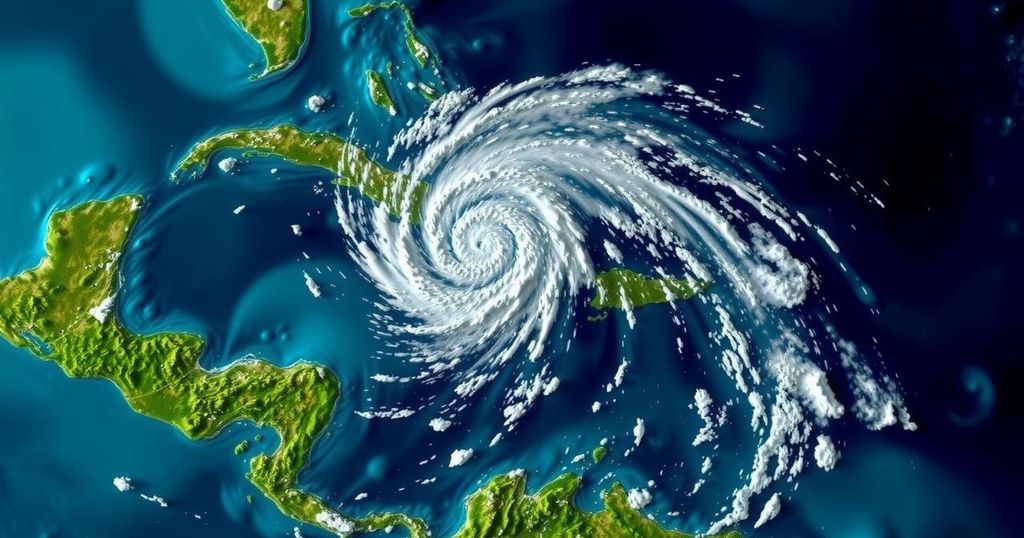Tropical Storm Rafael has strengthened into a Category 1 hurricane as it approaches Cuba, exacerbating existing recovery challenges from a recent hurricane that caused fatalities and blackouts on the island.
On Tuesday, Tropical Storm Rafael intensified into a Category 1 hurricane while advancing toward western Cuba, having passed near the Cayman Islands. The storm poses a significant threat to Cuba, which is already grappling with power outages and recovery efforts following a prior hurricane that resulted in the loss of at least six lives in the eastern region. The National Hurricane Center reported that the storm was situated 20 miles southeast of Little Cayman, packing maximum sustained winds of 75 mph and progressing northwest at 15 mph.
The impact of hurricanes in the Caribbean region has been a recurring issue, particularly for island nations such as Cuba. The country has been dealing with the aftermath of a previous hurricane that significantly affected its infrastructure and public services. The frequency and intensity of storms have raised concerns about the resilience of these regions in the face of natural disasters. Understanding the trajectory and potential impact of Tropical Storm Rafael is crucial for preparedness and response measures.
In summary, Tropical Storm Rafael has escalated to a Category 1 hurricane, threatening western Cuba as it continues its path from the Cayman Islands. The storm arrives at a challenging time for Cuba, which is still recovering from recent hurricane damage and facing electricity shortages. As the nation braces for Rafael, attention must focus on mitigating risks and ensuring the safety of its residents.
Original Source: www.santafenewmexican.com






